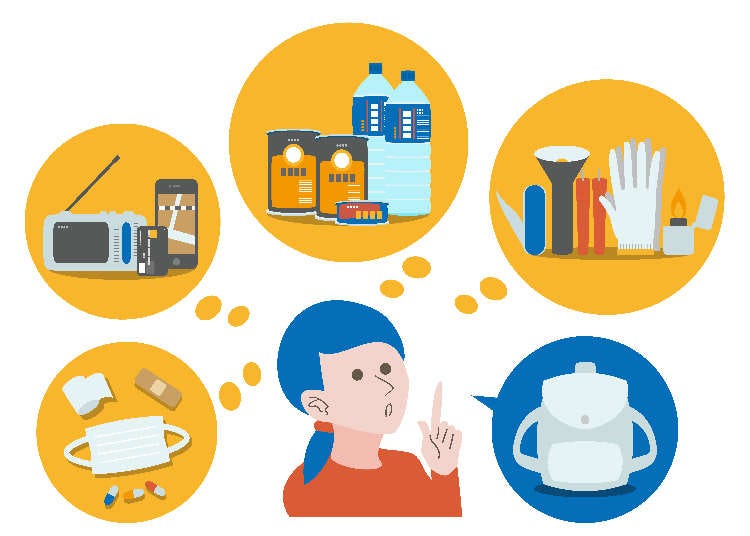
Japan is said to be one of the most prominent countries in the world where natural disasters, such as earthquakes and typhoons, frequently occur. In a country beset by so many natural calamities, how do you suppose the Japanese protect themselves?
Actually there are certain items that are extremely useful in emergencies and make a huge difference when encountering a disaster. We will tell you about some of those items that you can carry with you at all times.
These are "disaster items" we encourage foreigners visiting Japan to carry with them which over the country's long history have proven to be very useful when there is a disaster. These are items that many Japanese carry, and of course they all come in handy when on sightseeing trips.
Convenient portable goods in times of disaster
1. Disaster Prevention Pouch for Personal Items
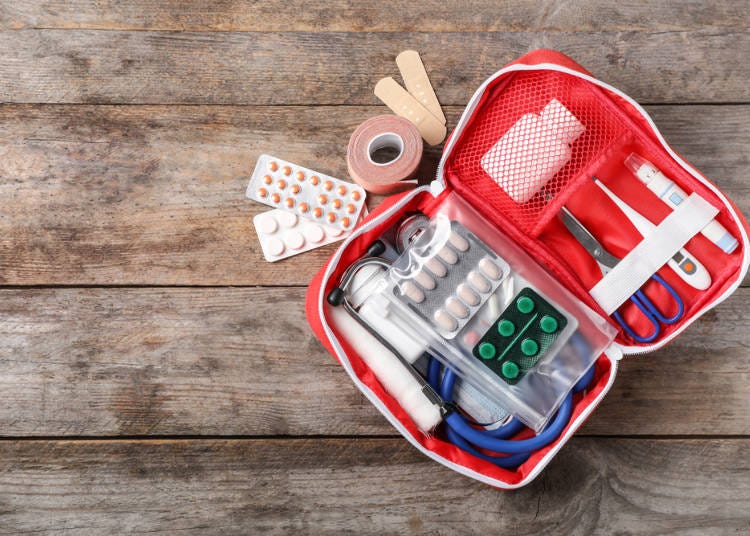
One never knows when and where an emergency will occur. Public transportation, such as railways, airports, buses and taxis, are vulnerable to damage.
If you encounter an emergency while you are out, probably the first thought that enters your mind is whether you will be able to return to your lodging. If you do not have access to a means of transportation, you will need to walk to a relatively safe place to take shelter. In situations such as this items which are important are those that "can be used on the spot".
At such times, carrying items such as the following in a pouch or small bag will be very useful in the event of trouble.
For example, PET bottles filled with water, face masks, bandages, toothbrush sets, towels, sweets that fit in the palm of your hand, sanitary products, and so on.
While drinking water can be purchased from vending machines, there are also earthquake disaster-support vending machines that provide drinks free of charge in case of emergency in each area, so you can get drinking water relatively easily. Individuals with allergies should also include their medication.
In Japan, in the event of a disaster, there are cases in which public facilities, such as train stations and airport lobbies, will openly receive individuals seeking refuge. If you had to spend the night in such a place you naturally would have concerns regarding hygiene.
In such cases, face masks are useful in protecting your throat from dust and germs, towels can be used to wipe your body, a toothbrush set can keep your mouth feeling refreshed, while women will feel at ease if they have sanitary products.
Items such as these can easily be procured at convenience stores and drug stores. Individuals who wear contact lenses should also include an extra pair and perhaps glasses, too.
2. Wraps, such as stoles, that can be used in various ways
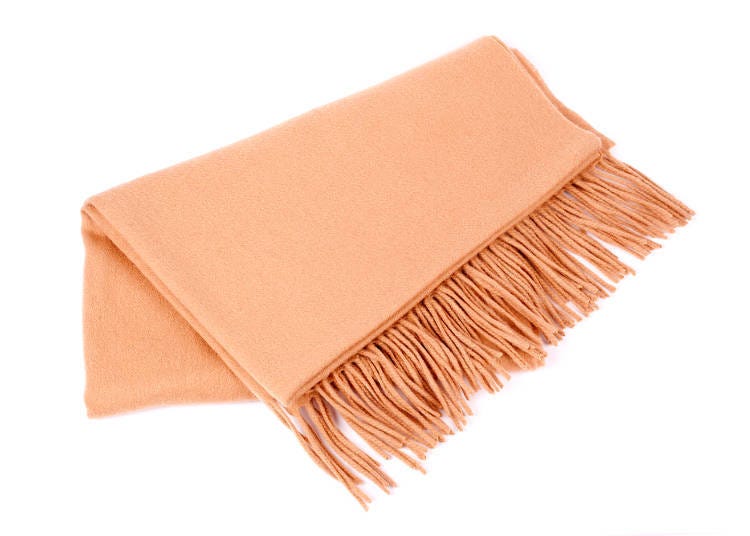
In times of a disaster a large, square cloth can be a useful accessory. For example, furoshiki (large, square cloth used for wrapping) and stoles you can get at general stores and department stores will protect you from the cold when draped over your shoulders, and they can also be a substitute for the triangular bandage used to protect fractured bones or other injuries.
In addition, large, one-meter square wraps can be used to protect your head and face from dust and smoke, as cover for protecting your privacy, and as a cape by mothers when breastfeeding babies.
If it is water repellent, then it may even be possible to carry water with it by tying its edges together. These wraps are lightweight and fold into a small size so they do not take up unnecessary space in a bag.
Here is another item which can be used in various ways even though it is not cloth. Plastic bags, which are available at 100 yen shops and supermarkets, are useful when you are caught in a disaster.
To give you an example, placed in a newspaper that has been folded into a container shape it then becomes a bowl or cup. You can also use plastic bags for preparing hot meals by placing water, rice, or noodles in a plastic bag and then placing the bag in a pot of boiling water. This is a survival technique that can be applied not only at disaster sites, but also overseas where water is at a premium.
In addition, in the event of a fire, putting a plastic bag inflated with fresh air over your head will enable you to avoid inhaling smoke and be able to see as you evacuate from the area. However, to prevent suffocation, the bag should be approximately 70 cm wide and 80 cm long.
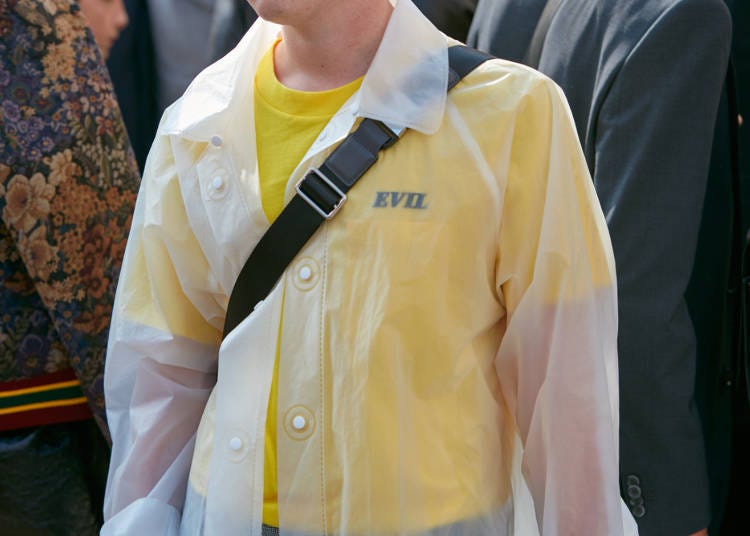
Here is another recommendation, this time for protecting yourself against the cold. You can use in as a raincoat when the weather is bad and you don’t have an umbrella. Not only is it good for keeping you warm and dry, but it frees both hands for other uses.
However, while standard raincoats keep out water and moisture, perspiration is not able to escape, so if it cools there is the danger of it causing body temperature to fall. If you find yourself in a situation where the gas or electricity has been cut off, a drop in body temperature can lead to a worsening of your physical condition.
If you need to wear something, we recommend that you use something made with GORE-TEX® that is waterproof and allows hot air to escape, products that can be found in outdoor shops. Apparel made with it allow body heat and moisture to escape and thus maintain body temperature at a comfortable level.
3. Digital terminal and mobile charger useful for gathering information
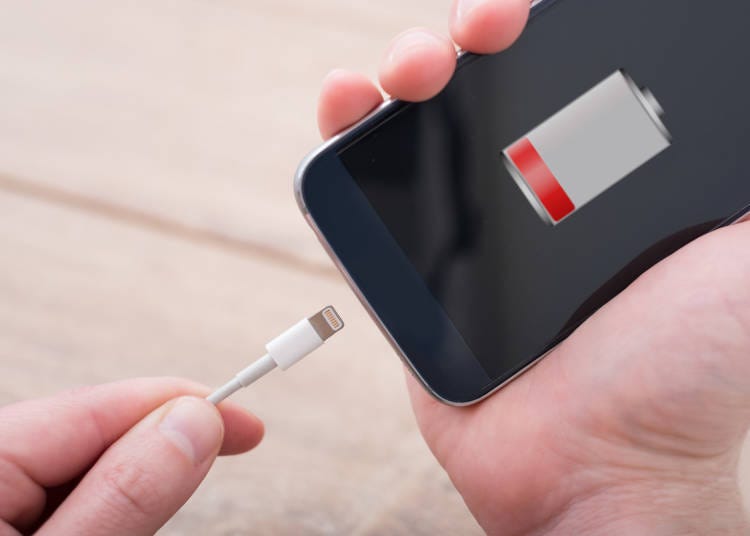
Today, smartphones are absolutely essential and something you cannot do without. Whether you are looking for access to sightseeing spots, looking for delicious restaurants, or shooting amazing views, all sorts of useful functions are packed into a device the size of the palm of your hand.
With this one device, you can instantly get information anytime, anywhere, which makes it especially useful in times of disaster.
The more serious the damage is, such as in the case of floods, buildings collapsing, landslides, and earthquakes, the more likely it is that communication networks will be disrupted, making it difficult to learn what is happening at the moment. It is exactly at times such as this when mobile phones can play an important role.
Recently, it is becoming relatively easier to get detailed important information about disasters and local government relief efforts announced by the government and mass media because the number of mobile phone companies installing free Wi-Fi in disaster areas has been increasing. Smartphones can also be used as flashlights.
That smartphones can be used in so many ways means that the batteries soon get low, so it is important that there be a way to recharge them. Having said this, though, cases of there not being electrical power in a disaster area or outlets being unusable because they are configured differently are possibilities. That is why it is important to also carry a mobile battery with you.
Dry cell batteries that do not need electricity are recommended. Mobile batteries and dry cell batteries can be purchased at 100 yen shops and convenience stores.

It can be assumed that people will use cell phones to contact others to see if they are safe or not. One needs to keep in mind, though, that during a disaster many people try to use their phones at the same time which results in congestion and not being able to get calls through. In that case, public telephones are more likely to establish a good connection.
In Japan public telephones use 10 yen and 100 yen coins. For each 10 yen coin, you can talk to landlines in the same area for about 1 minute during the day. You can also place calls to mobile phones, but the duration of the call will be much shorter so it is best to use 100 yen coins at that time. For overseas calls, you can use pay phones that say, “International Calls Possible” on the display.
It is recommended that you prepare coins in advance, as currency exchange machines may not be available during a disaster.
4. A whistle to let others know where you are
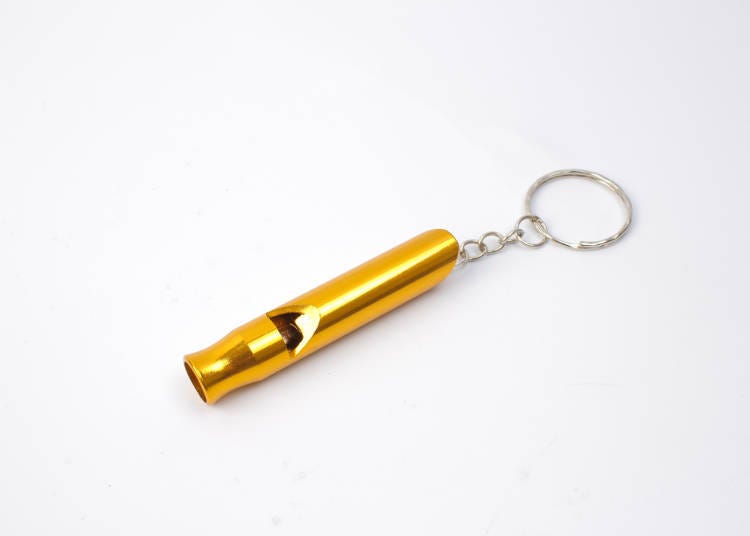
In the unlikely event that you encounter a huge disaster and are trapped somewhere, your life could be in danger. If you are able to call out for help and be heard that is one thing, but if you should be trapped by debris and unable to call out or be heard, then that is another matter. That is when a whistle really comes in handy.
There are many types available, but choose a light and durable metal or reinforced plastic one that makes a loud sound. These, too, are sold at 100 yen shops and other stores.
- ☑️ Small pouch/bag
- ☑️ Water bottle
- ☑️ Face mask
- ☑️ Bandages
- ☑️ Toothbrush set
- ☑️ Towel
- ☑️ Furoshiki cloth/stole
- ☑️ Clear plastic bags
- ☑️ Tissues
- ☑️ Foldable jacket
- ☑️ Power bank/battery
- ☑️ Smartphone
- ☑️ 100 yen coins
- ☑️ Whistle

As long as there is no danger to yourself, and in fact Japanese themselves rarely consciously think about disasters, it is nevertheless still important even during normal times to be prepared by having with you the items mentioned above as a safety precaution.
There is a saying in Japan which goes, "If prepared there is nothing to worry about" which is similar to the English, "An ounce of prevention is worth a pound of cure," so by following these adages you are certain to be able to have a carefree enjoyable visit.
All the items mentioned above can be purchased in foreign-language stores, so be sure to acquire them to ensure that your trip will be an enjoyable one.
*Prices and options mentioned are subject to change.
*Unless stated otherwise, all prices include tax.
Limited time offer: 10% discount coupons available now!
Recommended places for you
-
Menu
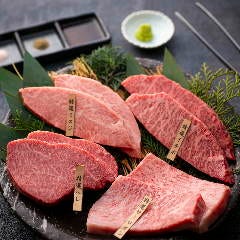
ISHIDAYA Hanare
Yakiniku
Kobe, Sannomiya, Kitano
-

Jukuseiniku-to Namamottsuarera Nikubaru Italian Nikutaria Sannomiya
Izakaya
Kobe, Sannomiya, Kitano
-
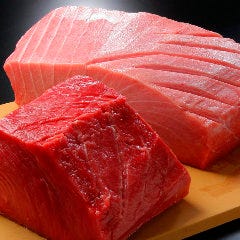
Kamesushi Sohonten
Sushi
Umeda, Osaka Station, Kitashinchi
-
Appealing

Asahiyama Zoo
Zoos, Aquariums & Botanical Gardens
Asahikawa
-
Appealing
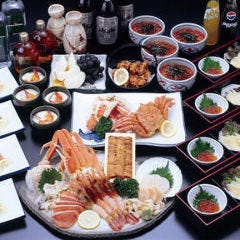
Rukku and Uohei
Izakaya
Sapporo / Chitose
-
Goods

Yoshida Gennojo-Roho Kyoto Buddhist Altars
Gift Shops
Nijo Castle, Kyoto Imperial Palace
-

Discover Osaka Station City: A Journey Through Its Most Fascinating Spots
-

Best Things to Do in Tokyo in April 2024: Events, Festivals & More
-

Step Into the Story: Inside Immersive Fort Tokyo
-

Where to Eat in Shibuya: 14 Must-Try Restaurants for Yakiniku, Sushi, Izakayas, Cafes and More
-

15 Must-Try Sushi Restaurants in Tokyo (+5 Trending Areas to Explore for Foodies)
-

Professional Photos Even Beginners Can Shoot! 10 Tips for Taking Stunning Cherry Blossom Photos
-
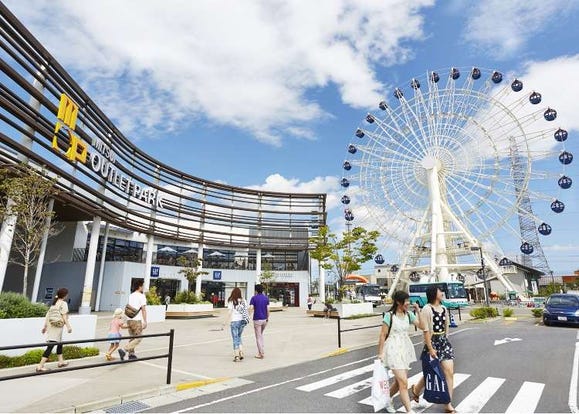
Complete Shopping Guide to the Best Sendai Shopping Malls
-

Chewy & Addictive: Unbelievably Tasty Tapioca Sweets That You Can Enjoy in Tokyo!
-
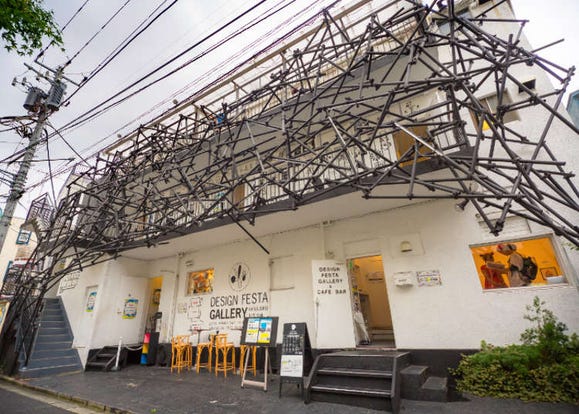
Design Festa Gallery: Harajuku's Quintessential Art Space (Video)
-
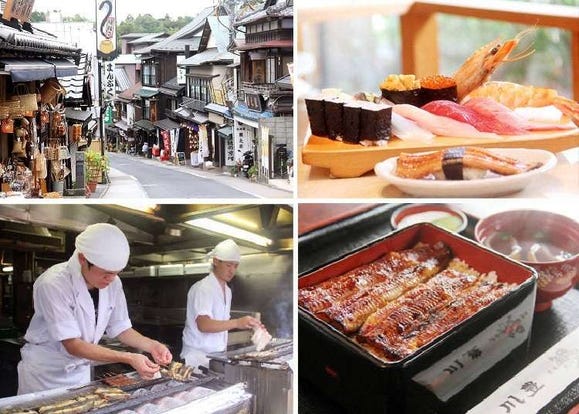
(Video) Walking Tour along Narita Omotesando - Quaint Historical Village near Narita Airport!
-
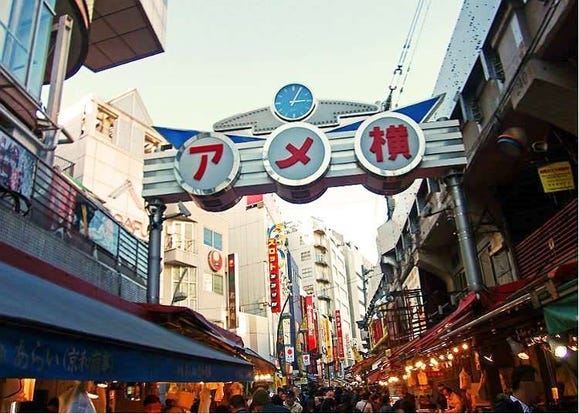
Ueno Station Area Guide: Fun Ways to Explore Tokyo's Popular Destination (Area Map & Sightseeing Tips)
-
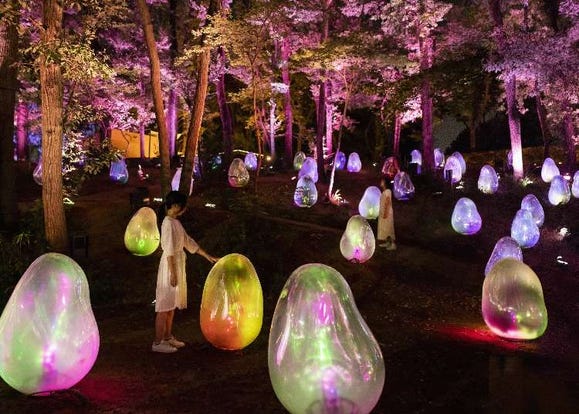
Enjoy teamLab in Osaka! Inside the Innovative 'Digitized Nature' Outdoor Exhibition
- #best sushi japan
- #what to do in odaiba
- #what to bring to japan
- #new years in tokyo
- #best ramen japan
- #what to buy in ameyoko
- #japanese nail trends
- #things to do japan
- #onsen tattoo friendly tokyo
- #daiso
- #best coffee japan
- #best japanese soft drinks
- #best yakiniku japan
- #japanese fashion culture
- #japanese convenience store snacks












